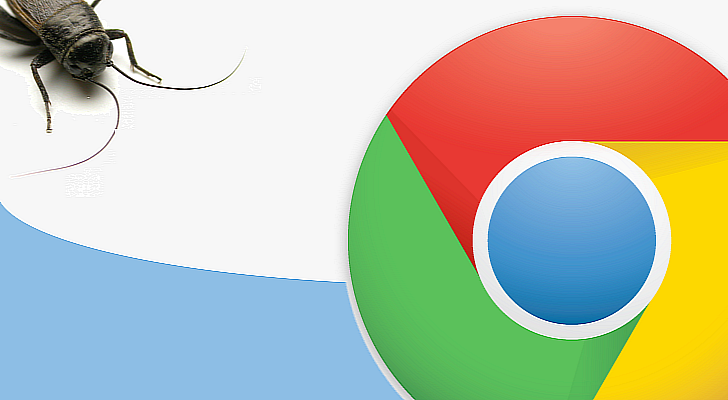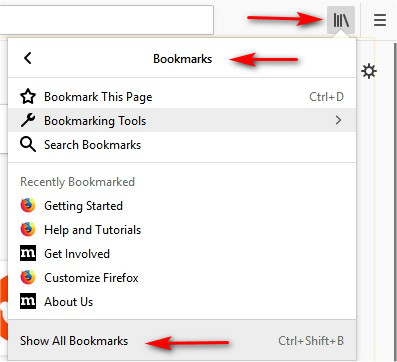
More good news: although you can't delete system apps you can go to "Manage Apps" and remove any updates to them, resetting them back to the version in the /system image. The good news is: keeping those /system apps around when you're not using them doesn't cost you anything in terms of /data space. Downloaded apps (and upgrades to system apps¹) are stored in the /data partition. System apps, including the browser, are stored in the /system partition, which is effectively read-only from the user's point of view. Otherwise, you may incur into really funky side-effects.

Remember that it's generally recommended to wipe both the Cache partition and the Dalvik Cache after uninstalling a system app. Once you find it, tap its tile and select Uninstall. Next, tap the central tab ( Backup/Restore), and then find the app you wish to remove.

backup, it is also capable of uninstalling system apps, providing that you grant it root permissions when asked.įirstly, launch it and grant it the abovementioned privileges. If you don't like to type too much, your alternative is to download an app called Titanium Backup. In which the first line will remove the actual app, and the second will clean up its data. In order to retrieve the path of the Chrome app, and store it into a variable called temp.

To remount the System partition as readable and writeable. Here, I'll describe two procedures for doing so.īy using an app known as a Terminal Emulator, you can manually remove Chrome and any leftovers lying in the Data partition. As root, you have full access to your phone's System partition, hence you'll be able to completely uninstall Chrome.


 0 kommentar(er)
0 kommentar(er)
